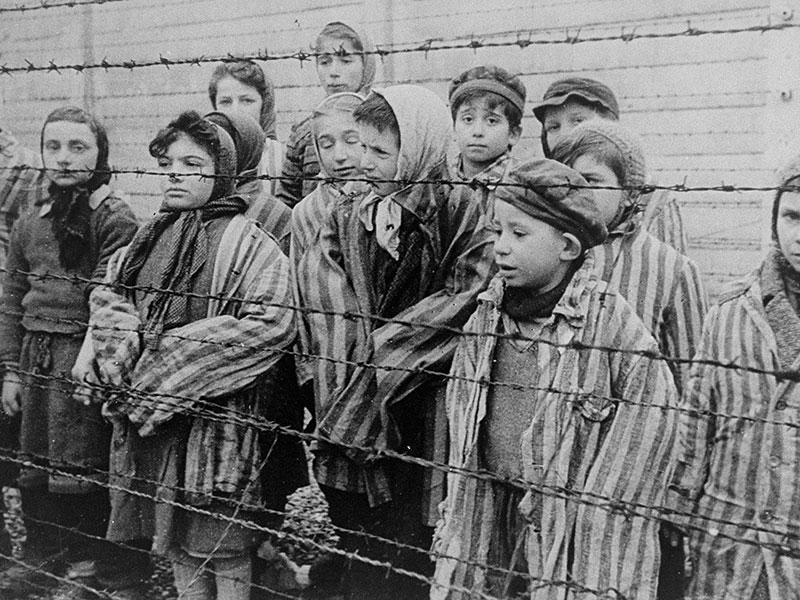Introducing the Holocaust to children is tough. There’s no way around the fact that it’s a horrifying story – but even in the darkest and most dreadful of times, there’s still hope and bravery and heroes. Difficult as this topic may be, it should be taught. We should never forget.
By Ruth Franklin, see the New Yorker’s How Should Children’s Books Deal With the Holocaust?
From Psychology Today, see How Should You Talk to Your Child About the Holocaust?
The United States Holocaust Memorial Museum has many educational resources for students, including historical photos, maps, and clips of testimony from survivors, and general information on the history of the Holocaust, genocide, and anti-Semitism.
From Khan Academy, see The Holocaust, an overview of the Holocaust, including the events that led up to it.
Table of Contents
Anne Frank
Perhaps one of the most famous names to come out of the Holocaust is that of teenaged Anne Frank, whose diary – written between 1942 and 1944 while she and her family were in hiding above a factory in the Nazi-occupied Netherlands – is now one of the best-known and most powerful books in the world. Titled The Diary of a Young Girl, it commonly appears on recommended high-school reading lists.
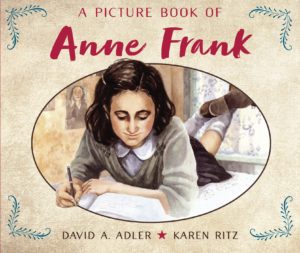 |
David A. Adler’s A Picture Book of Anne Frank (Holiday House, 1993) is a simple story of Anne’s life for ages 4-8. |
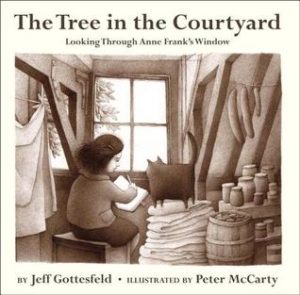 |
By Jeff Gottesfeld, The Tree in the Courtyard (Knopf, 2016), a beautifully illustrated picture book, is the story of Anne Frank as told by the horse chestnut tree in the courtyard outside her window. For ages 5-8.
|
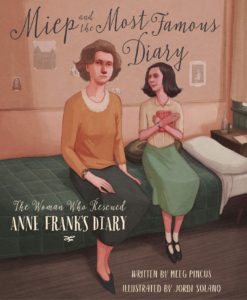 |
By Meeg Pincus, Miep and the Most Famous Diary (Sleeping Bear Press, 2019) is the picture-book story of Miep Gies, who sheltered the Frank family in their years in hiding and who ultimately rescued Anne’s diary. For ages 6-9.
|
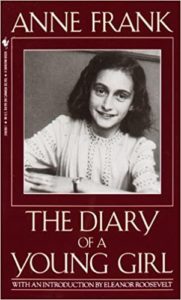 |
There are many available editions of Anne Frank’s diary, Anne Frank: The Diary of a Young Girl, first published eight years after her death from typhus in the Bergen-Belsen concentration camp, and now one of the world’s most famous books. Learn more about the diary from the Anne Frank House.
|
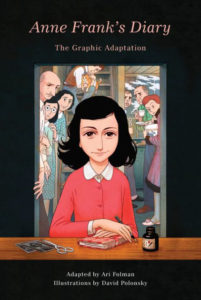 |
Anne Frank’s Diary (Pantheon, 2018) is a graphic adaptation of the book, including extensive quotations from the original.
|
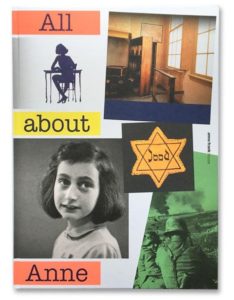 |
From the Anne Frank House, All About Anne (Second Story, 2018) is an illustrated account of Anne’s life, based on questions frequently asked by young visitors to the Anne Frank House Museum in Amsterdam. For ages 11-14.
|
|
For more information, see Anne Frank: the real story of the girl behind the diary from The Guardian. |
|
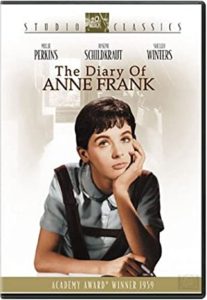 |
The Diary of Anne Frank (1959) is a movie version of the story of the Frank and Van Daan families, hiding from 1942 to 1944 in the Secret Annexe above a factory in Amsterdam. Thirteen-year-old Anne kept a diary of their life there, which her father discovered when he returned after the war. Several subsequent versions of Anne’s story have been made, including a TV miniseries (2009). Generally appropriate for ages 12 and up. |
